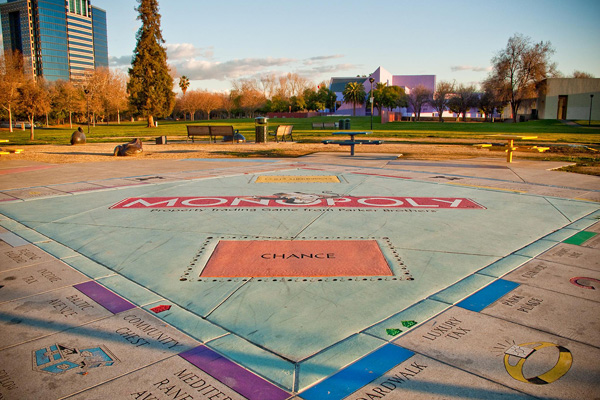
Photo: HarshLight/CC by 2.0
* Steven Brill's lengthy Time exposé on the chaotic system of determining medical costs caused a furor and got Brill a Daily Show invite. Just as interesting and important is Haley Sweetland Edwards's "Special Deal," about how 31 doctors in a ballroom in Chicago determine, in part, how much you pay for medical care. Unlike the system that Brill documented, it's not chaotic at all, though it's just as complex and secretive:
The meeting was convened, as always, by the American Medical Association. Since 1992, the AMA has summoned this same committee three times a year. It’s called the Specialty Society Relative Value Scale Update Committee (or RUC, pronounced “ruck”), and it’s probably one of the most powerful committees in America that you’ve never heard of.
The purpose of each of these triannual RUC meetings is always the same: it’s the committee members’ job to decide what Medicare should pay them and their colleagues for the medical procedures they perform. How much should radiologists get for administering an MRI? How much should cardiologists be paid for inserting a heart stent?
Medicare doesn't have to accept these suggestions… but it usually does. And because Medicare fee schedules provide a baseline for non-Medicare fee schedules (before they go through the funhouse-mirror maze Brill documents), they effect what those with private insurance pay as well. As Sweetland Edwards documents, the problem is two-fold (for starters): the prices are set by doctors who stand to benefit from the prices they set, and because it's set by an organization outside of the federal government, it's almost entirely opaque.
* Apparently news has been going around that the second-largest employer in America is a temp agency, Kelly Services. It's been true for awhile—they're well behind Wal-Mart (which itself employs temps through contractors) but ahead of McDonald's. In "The Expendables," ProPublica's Michael Grabell takes readers inside the world of temp agencies, focusing on the experiences of workers in Chicagoland, from Kane County to Joliet.
Why Chicagoland? Kane County has the second-highest concentration of temp workers—7.4 percent of the private-sector workforce—in the United States. Lake County comes in sixth at 5.4 percent. New Jersey is the only other state with two counties in the top ten.
Rosa, a 49-year-old Mexican immigrant with thin glasses and a curly bob of brown hair, has been a temp worker for the better part of 12 years. She has packed free samples for Walmart, put together displays for Sony, printed ads for Marlboro, made air filters for the Navy and boxed textbooks for elite colleges and universities. None of the work led to a full-time job.
Even though some assignments last months, such as her recent job packaging razors for Philips Norelco, every day is a crapshoot for Rosa. She must first check in at the temp agency in Hanover Park, Ill., by 4:30 a.m. and wait. If she is lucky enough to be called, she must then take a van or bus to the worksite. And even though the agency, Staffing Network, is her legal employer, she is not paid until she gets to the assembly line at 6 a.m.
As Grabell writes in a related piece, that unpaid waiting time can drop their hourly wage by a quarter, down to well below the state minimum wage—and more, if they have to rely on a raitero.



